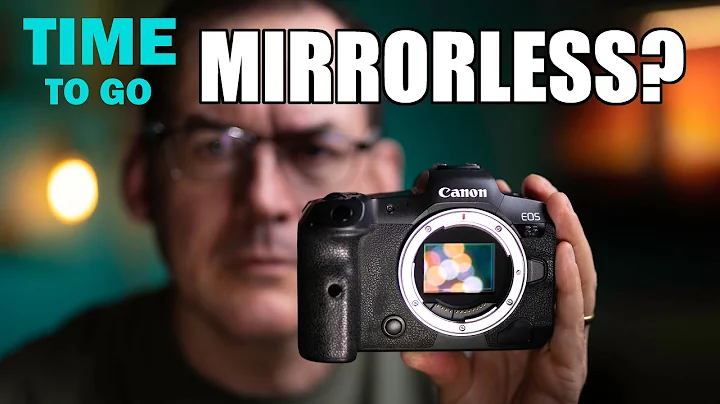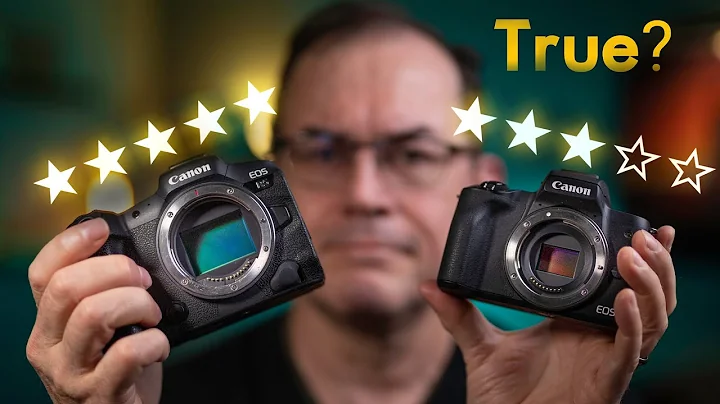The term one-inch is certainly not unfamiliar to users who like photography. It is the lowest threshold in the camera industry, and it is also the first format that many novice users come into contact with. However, the image quality of this entry-level camera can easily beat that of mainstream mobile phones. After all, given the quality of the camera and lens, it is difficult for mobile phones to reach the level of entry-level cameras no matter how hard they try.

Picture source Xiaomi Weibo
However, just recently, Xiaomi said that its latest flagship Xiaomi 12S Ultra will use the IMX989 one-inch super outsole sensor. More importantly, it is different from several previously released models equipped with one-inch outsole. Different mobile phones, Xiaomi Mi 12S Ultra does not make any cuts this time, so you can make perfect use of this one-inch oversized sole when taking photos. This makes me curious, when a mobile phone also uses a one-inch outsole, will it be possible to touch the threshold of the camera? What significance does it have for the entire mobile phone imaging market?
What is the significance of one inch for mobile phone images?
The development of mobile phone imaging has actually been in a bottleneck period for a long time. The biggest stumbling block is that the size of mobile phones is absolutely impossible to reach the scale of cameras, and the camera module is only a part of the mobile phone, so mobile phone manufacturers must Different lenses and sensors are packed into a limited space. If you want to increase the upper limit of mobile phone images, you must increase the sensor area.

Picture source Xiaomi Weibo
The one-inch sensor outsole is a point that cannot be ignored in the development of mobile phone imaging. If you want to break through the bottleneck, you must try to use and adjust the one-inch outsole. However, we all know the outcome. Limited by the technical factors at the time, the performance of previous mobile phones equipped with one-inch outsole was quite average. Here is a brief list:
The first one was Panasonic CM1, released in 2014, but in fact This is a camera with Android system and communication functions. Strictly speaking, it is not a mobile phone, and Panasonic is also officially displayed on the camera, so I won’t discuss it too much here.

Picture source Panasonic official website
The second model is Sharp R6, released in May 2021. The only camera uses a 1-inch sensor, but Sharp did not make good use of this one-inch outsole. The focal length of the main camera is 35mm, equivalently converted to only 19mm, this focal length is closer to the ultra-wide-angle lens we are familiar with every day (i.e. 0.6-0.8x zoom), and is not in line with our daily shooting habits. If you want to convert it to a common 24mm focal length (the main camera of most mobile phones has this focal length), you can only achieve it by cropping the sensor area. The final performance is not even as good as GN2, OV48C, IMX700 and other high-end cameras. Quality outsole sensor.

Picture source Sharp official website
In October of the same year, Sony released the Xperia Pro-I, which was significantly improved compared to the Sharp R6. It used a 1-inch main camera and also had an ultra-wide angle and a medium focus. The main camera also has a regular viewing angle. of 24mm. At that time, this mobile phone also aroused my strong interest. However, as the real phone came on the market, many consumers discovered that Sony, like Sharp, did not exert the full strength of this sensor. According to their calculations, this sensor only 60% of the sensor area will be used, which is equivalent to the 1/1.3-inch OV48C on the Xiaomi Mi 10 Ultra Commemorative Edition.

Picture source Sony official website
In other words, it is not that there are no one-inch mobile phones on the market, but no manufacturer has ever been able to exert the true strength of a one-inch sensor. This is indeed a bit disappointing. If they are like Sony Sharp, then one The inch sensor is destined to be just a marketing gimmick and has almost no effect on the development of mobile phone imaging. That’s why Xiaomi’s announcement that the 12S Ultra’s main camera will use a complete, uncut one-inch outsole piques my interest.

Picture source Xiaomi Weibo
Having said so much, what is the use of a one-inch outsole? The larger the sensor area, the greater the amount of light entering per unit time, which is also reflected in higher dynamic range, higher latitude and picture details. Xiaomi also stated at the press conference that compared to iPhone 13 Pro Max, its performance in image quality, dark details and tolerance will be much better, and the most important thing is that the one-inch outsole gives the phone a blur comparable to that of a camera This makes it easier for others to tell at a glance that this is a photo taken with a mobile phone like before.
However, although I personally hope that the main camera sensor of the mobile phone is bigger, the better, but to put it bluntly, it is just "icing on the cake" rather than "timely help". Because if you want your phone to take better photos, the hardware really doesn’t play a key role, software and algorithms are the most important. Taking the iPhone as an example, I personally don’t really like the imaging capabilities of today’s iPhones, but I have to admit that the iPhone’s color scheme has been a reference for domestic mobile phone manufacturers for a long time. This is mainly due to the Based on Apple’s years of camera algorithm accumulation and powerful A-series processors.

Photographed by Ray Technology , no infringement
Therefore, "when a mobile phone uses a one-inch outsole, it can beat a camera of the same specification" is completely incorrect. One-inch cameras will be eliminated, but not yet. The one-inch sensor can indeed bring image quality comparable to the card camera , but that's it. After all, the image quality of the black card camera is still far behind the real APS-C and full-frame sensors.
One-inch outsole, will it be the mainstream in the future?
Lei Jun stated before the press conference that the IMX989 sensor will be opened to other friends in the future. @digitchatstation also stated on Weibo that there will indeed be many models equipped with one-inch outsole in the second half of this year. It will appear, maybe the one-inch outsole for mobile phones is really coming. But before that, I have to pour a basin of cold water on everyone. In fact, it is not technically difficult to directly use a one-inch mobile phone, but we must know that the larger the sensor, the larger the lens field of view required. The larger the lens field of view, the larger its size. The bigger. Before the existing optical principles are overturned and there is no sudden advancement in material technology, it is necessary to ensure that a one-inch basic image quality lens is installed on a mobile phone, which will eventually turn the mobile phone into a "camera" that can make calls and surf the Internet.

Photographed by Lei Technology, no infringement allowed
The harder the stacking of mobile phone images, the better? Absolutely not. In any case, a mobile phone is still a mobile phone. It is almost incomparable with traditional SLR and mirrorless cameras. It is impossible to replace professional cameras in a short time. Furthermore, why do we like to spend a lot of money to buy a mobile phone with better photography instead of splitting it into a mid-range mobile phone and an entry-level mirrorless camera? The answer is also very simple. After all, the portability of mobile phones is unparalleled by cameras. When mobile phones really start to add some large-size sensors that are comparable to traditional cameras, causing the weight and thickness of the body to continue to increase, can mobile photography still be called mobile photography? ?
Initially, mobile phone photography became a lower substitute for cameras because it was cheap and lightweight. With the development of mobile networks and social platforms, we have become accustomed to picking up our mobile phones to record and share when facing new things. Not only can mobile phones provide an overall look and feel that is not inferior to that of cameras in many scenes, but many of its built-in functions can indeed reduce users' learning costs. However, it is still a fantasy to want it to replace professional cameras.
Of course, if you just want to try something new and just like "mobile photography", then the 1-inch Xiaomi 12S Ultra and the subsequent OPPO and vivo's imaging flagship are indeed worth trying. But think about it carefully, if it is for photography, you can buy an M43, APS-C mid-range mirrorless camera, or an old full-frame mirrorless camera at this price, and the picture quality is not the same as one inch.
In the final analysis, the best camera is the one you carry with you every day. As for whether one-inch outsole will become the mainstream in the future, I think this popularity will last for a year at most, and then mobile phone manufacturers will continue to polish the previous ones. It’s a sensor with an excellent reputation. After all, there are only a few users who love mobile phone photography. More people’s demand for mobile phone images is just “clear photos and good-looking photos.” However, I still hope that Xiaomi, OPPO, and vivo can continue to persevere on the road of mobile imaging, and do not give up easily even if the audience is small.





















